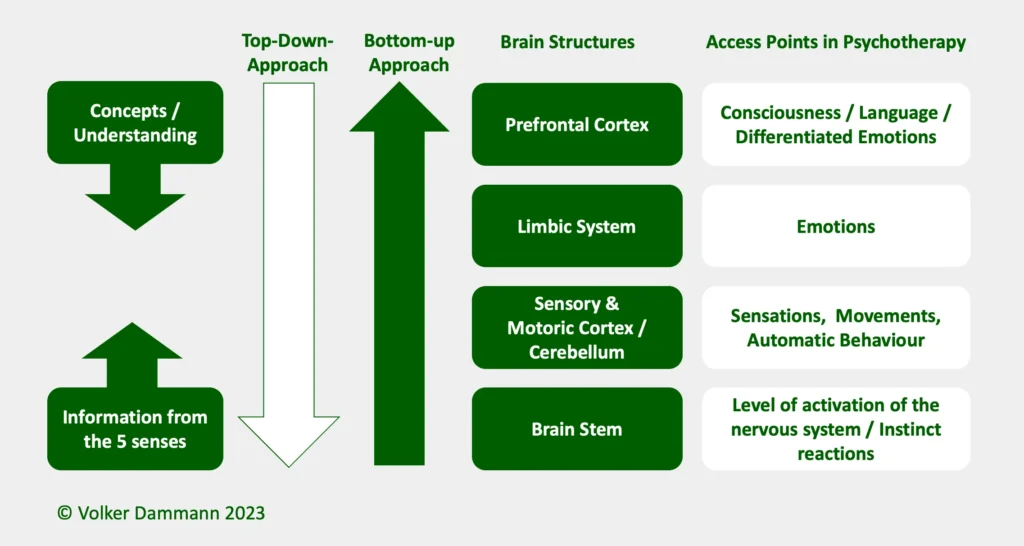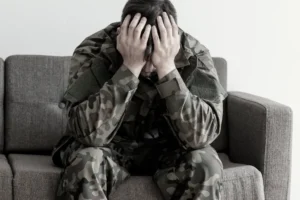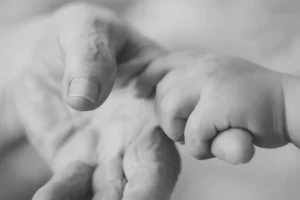Bottom-up vs. Top-down in Psychotherapy
Top-down: Working with Thoughts, Meanings, and Evaluations
Top-down-oriented procedures focus on conscious, cognitive processes. This means that patients should reflect on their experiences, classify them, and develop new perspectives. These methods can be very helpful when it comes to recognizing dysfunctional thought patterns, developing new courses of action, or strengthening self-image.
- The top-down approach is particularly used in cognitive behavioral therapy.
- This is productive when only a low or moderate emotional charge is present. In this case, the cerebrum/prefrontal cortex is online and, to a certain extent, flexible and can accept changes.
However, top-down methods often reach their limits in cases of severe trauma (PTSD) or early childhood traumatization. Many affected individuals report, for example, that they have “already talked through the past” and “understand the connections”. Nevertheless, they do not feel better. This shows that insight alone is often not enough to sustainably change deep-seated patterns.
Cognitive methods reach their limits when it comes to post-traumatic stress disorder (PTSD) or early childhood trauma.
Bottom-up: Access through bodily sensations, affects, and impulses
Early childhood memories are often not verbally recollectable because they were formed during a developmental period when the child did not yet have sufficient linguistic or cognitive skills. Similarly, in the case of shocking events, memory is often fragmented. At the same time, the experience remains stored in the body.
Therefore, body-oriented trauma therapies take a “bottom-up” approach. This means that physical sensations, movements, and autonomic reactions are specifically used to gain new access to one’s own experiences.
The bottom-up approach can be productive in psychotherapy because it enables new experiences. Through conscious work with posture, breathing, muscle tone, or movement impulses, unconscious reactions and patterns become visible and can be gradually changed.
- The bottom-up approach is particularly used in body-oriented methods of trauma psychotherapy. Methods such as Somatic Experiencing® (SE), Bodynamic®, Sensorimotor Psychotherapy, or elements of dance and movement therapy work on this basis.
- Particularly when a topic is emotionally charged, the bottom-up approach is often more promising: It is then easier to begin with body awareness. Afterwards, one can also change concepts and thoughts more easily.
The goal of body psychotherapy is not to “retell” the trauma, but to process it differently – especially in the autonomic nervous system. This can support self-regulation and increase emotional processing capacity. Furthermore, trauma energies stored in the body can be gently discharged.
The goal of body psychotherapy is to process past trauma through the body.
Information Processing in the Brain
When processing information in the brain, a distinction is made between top-down processes and bottom-up processes.
- Top-down processing starts with conscious thinking, i.e., expectations, assumptions, concepts, and beliefs. Thoughts influence the interpretation of perception.
- Bottom-up processing, on the other hand, is based on sensory information from the body and the environment in the present. This information and experience are often pre-linguistic and preconscious.

These different processing mechanisms in the brain can be addressed in psychotherapy using different methods.
Comparison: Bottom-up vs. Top-down Approaches in Psychotherapy
Conclusion – Combining Both Approaches
Both perspectives have their value. A cognitive approach (top-down) can be important in the psychotherapy process to initially find structure and orientation for current life. Body-oriented methods (bottom-up) can often only be used once fundamental stabilization has already occurred. Only on a secure foundation can deeper processes be initiated.
By supporting bottom-up processing in body-oriented psychotherapy, it is possible to initiate changes in the body in the here and now that would otherwise be difficult to access consciously. By changing the experience, traumatic energies are gently discharged. This allows for a new perspective on traumatic experiences, which often makes cognitive classification easier.
Especially in complex traumas, a combination of cognitive and body-oriented methods is often necessary to enable lasting change.










